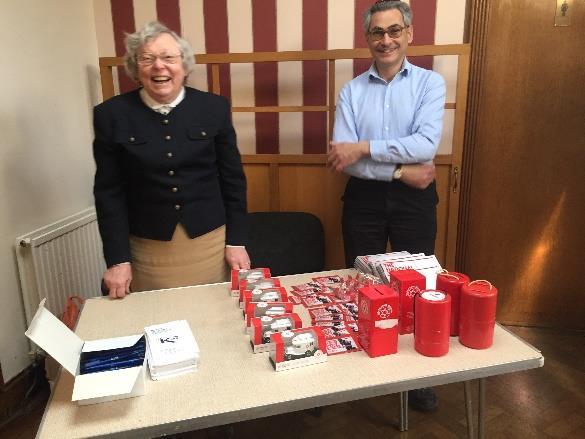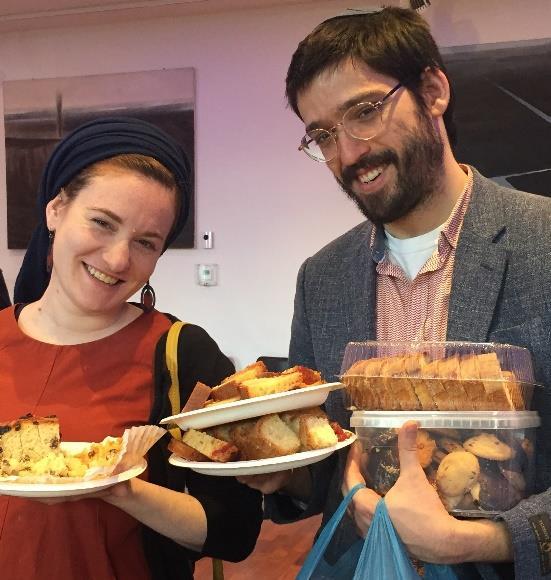Finding Inspiration Hertha Ayrton’s response to crisis Jane Liddell-King No doubt, you will have heard of Hertha Ayrton, born Sarah Phoebe Marks who, in 1902, became the first woman proposed as a Fellow of the Royal Society. Being married and therefore denied legal status, she was refused. Four years later she won the Hughes Medal of the Royal Society for original work in Physics. Memorable and inspirational, she has both Jewish and Cambridge connections. Sarah was born in April 1854 to Alice (née Moss) and Levi Marks, son of a Polish inn-keeper who had fled Tsarist persecution. Forced to trade door-to-door. Levi struggled to earn a living as a watch-maker and jeweller. When Hertha was 7, Levi died leaving her mother, then pregnant with her eighth child, to support the family from her needlework. Fortunately, an aunt, Marion Hartog stepped in and educated Sarah at her school in London where she made friends with the family of Karl Blind, Jewish-German émigrés. Karl’s daughter, Ottilie, renamed Sarah “Hertha” after the impressive heroine of a novel by feminist Swedish writer, Frederika Bremer. Ottilie also encouraged her to sit the Cambridge University Local Examinations, recently opened to women. She passed in 1874 and came up to Girton in 1876. Ottilie also awakened her lifelong commitment to women’s suffrage. Once at Girton, as well as focusing on her academic work, Sarah served in the College Fire Brigade. Interestingly, George Eliot drew on her for her character, Mira, in her 1876 novel, “Daniel Deronda”. While her remarkable career is perhaps well-known and interestingly documented by Pam Hirsch in the online Encyclopaedia of Jewish Women, what interests me today is how ever-resourceful woman rose to meet a particular crisis of the First World War. In 1915, at Ypres, the Germans first used chemical warfare: mustard gas blistering the skin and eating into the lungs. In 1901, her husband Professor Will Ayrton, was convalescing beside the sea at Margate. Typically, Hertha used the opportunity to study how sea waves formed sand ripples and sand bars. It was this knowledge which prompted her Page 14
Issuu converts static files into: digital portfolios, online yearbooks, online catalogs, digital photo albums and more. Sign up and create your flipbook.






